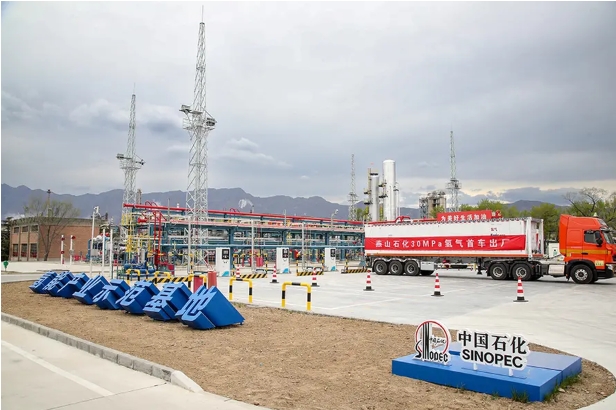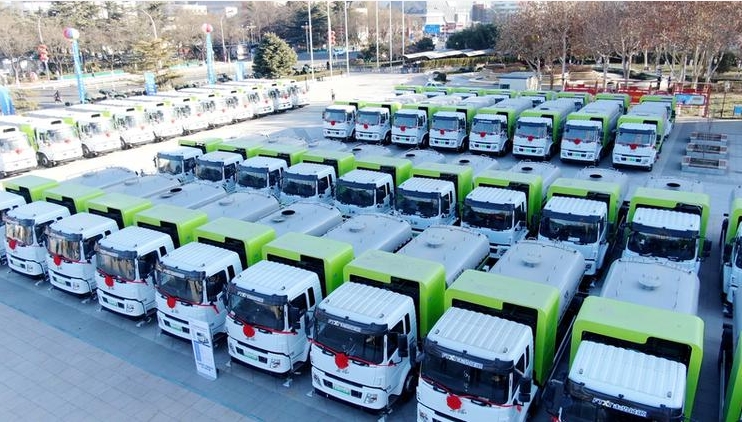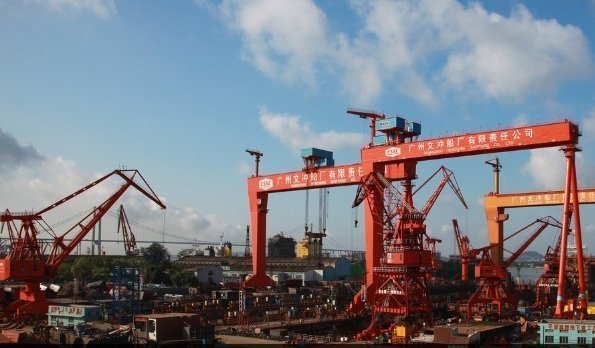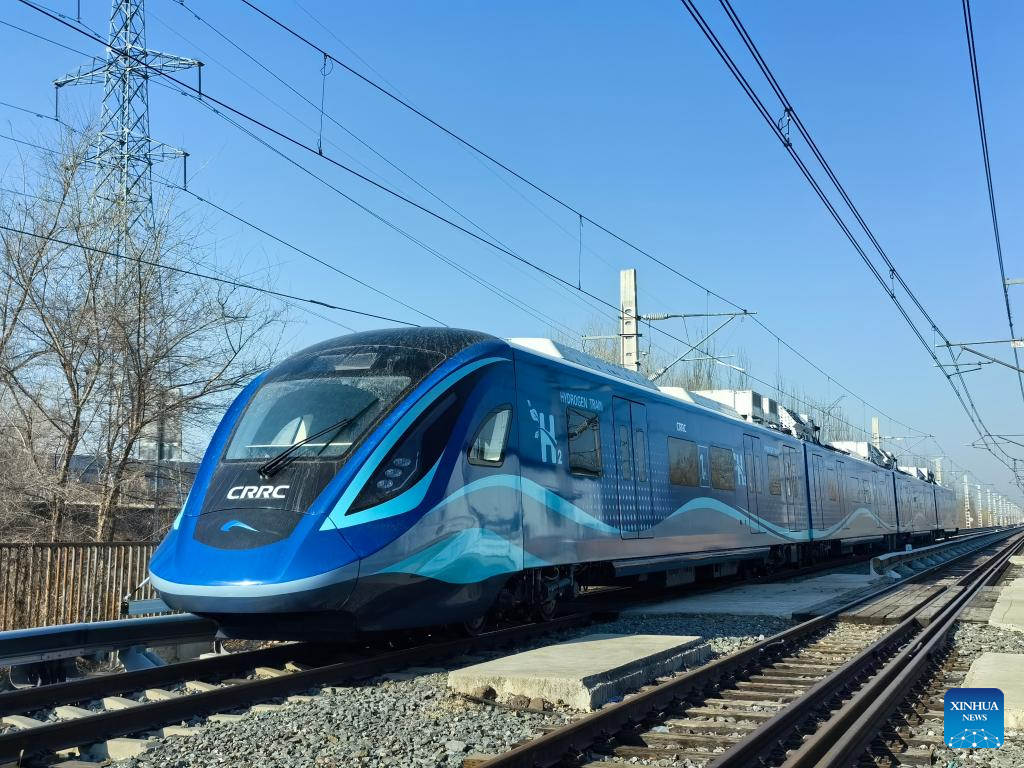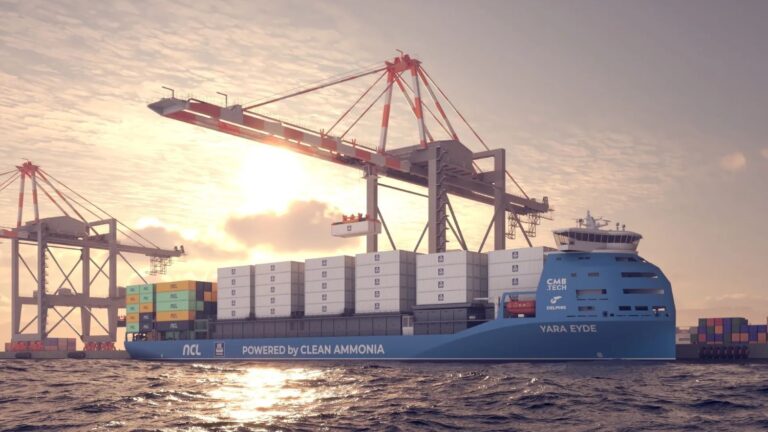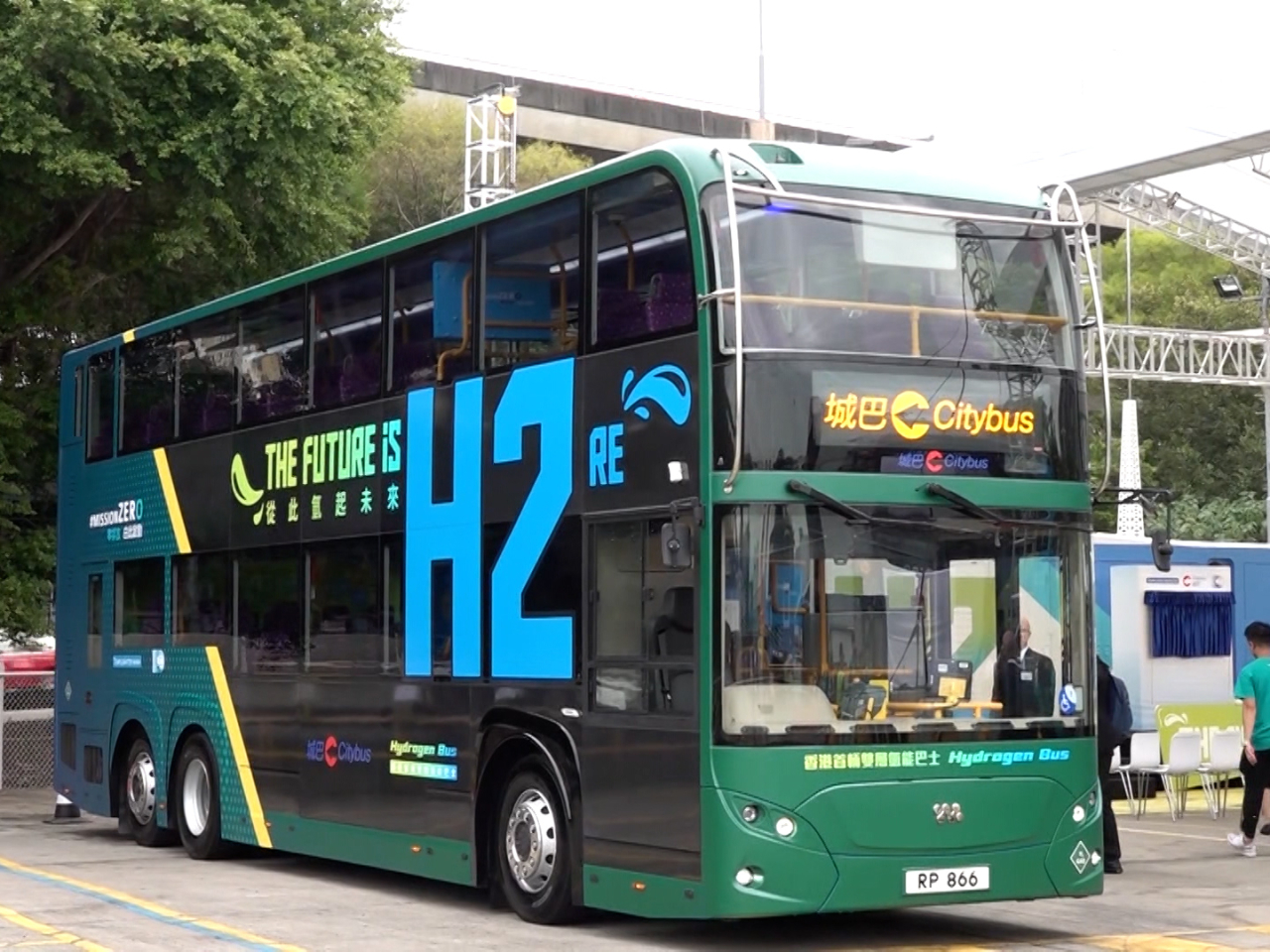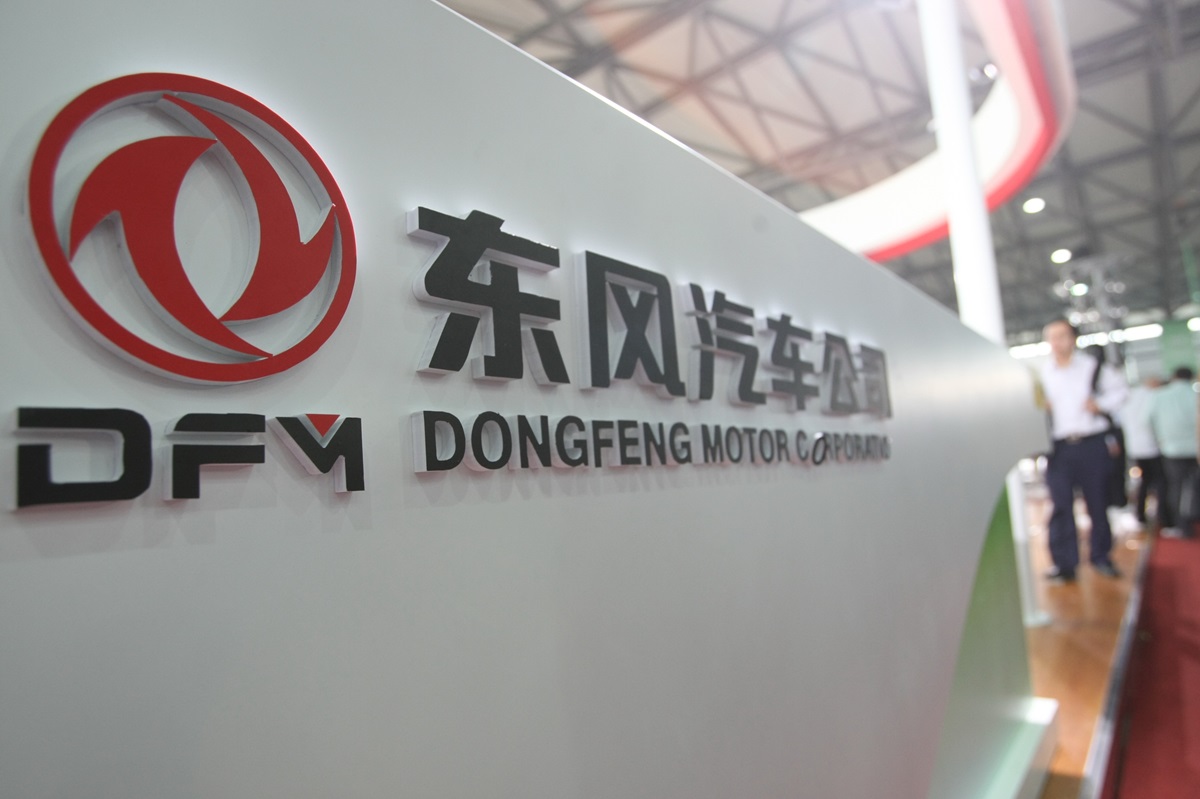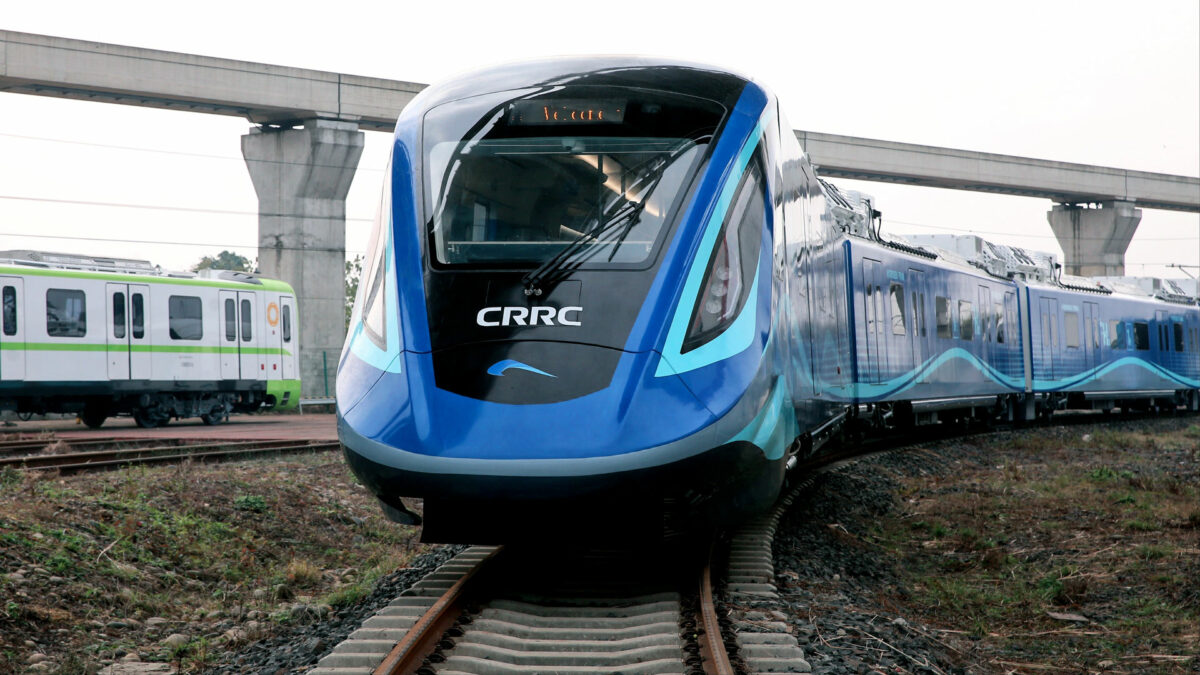 Chinese railway equipment manufacturer CRRC has made a historic move with the unveiling of the world’s first hydrogen-powered metro train. The train, which was unveiled at an event in Shanghai on Chinese Brands Day, has a speed of up to 160 km/h and can travel up to 600 km on a single charge.
Chinese railway equipment manufacturer CRRC has made a historic move with the unveiling of the world’s first hydrogen-powered metro train. The train, which was unveiled at an event in Shanghai on Chinese Brands Day, has a speed of up to 160 km/h and can travel up to 600 km on a single charge.CRRC has borrowed some of the key technologies from the Fusion bullet train, which helped the company to develop the most advanced autonomous driving technology available. In addition, the hydrogen-powered metro train uses a vehicle-to-vehicle communication system that optimizes handling, efficiency and safety of operations.
This train is not only environmentally friendly but also equipped with numerous intelligent sensors for automatic monitoring, diagnostics, and protection of hydrogen storage and fuel cell systems. The train also boasts 5G communication technologies, which could enable the train to be connected to the Internet of Things (IoT) for better control and safety.
The goal of this project is to reduce China’s carbon footprint and promote the use of clean energy in the transportation sector. Hydrogen fuel cell trains produce only water and heat as byproducts, making them an attractive alternative to traditional fossil fuel-powered trains.
With China’s push towards decarbonization, the use of hydrogen as an alternative fuel source is gaining significant momentum. The hydrogen-powered metro train has the potential to revolutionize the transportation industry, and this groundbreaking achievement could lead to the development of more hydrogen fuel cell-powered vehicles in the future.
The world’s first hydrogen-powered metro train has the potential to have a significant impact on the transportation sector. It offers a cleaner and greener alternative to fossil fuel-powered trains, thereby reducing greenhouse gas emissions and combating climate change. As more cities look to reduce their carbon footprint, the adoption of hydrogen fuel cell technology in the transportation sector could be a key factor in achieving this goal.
